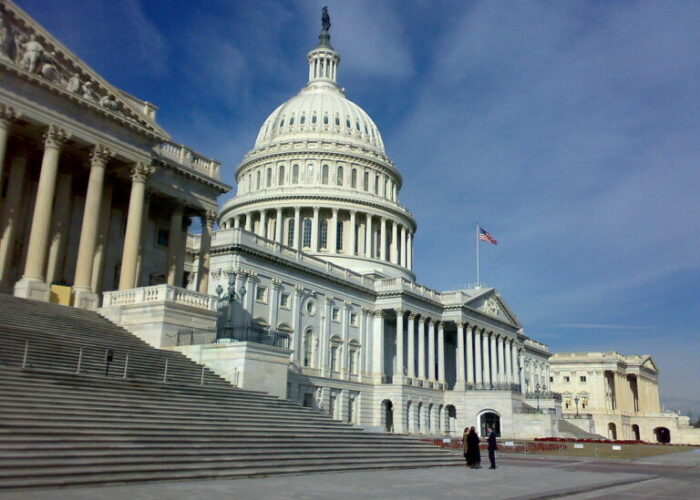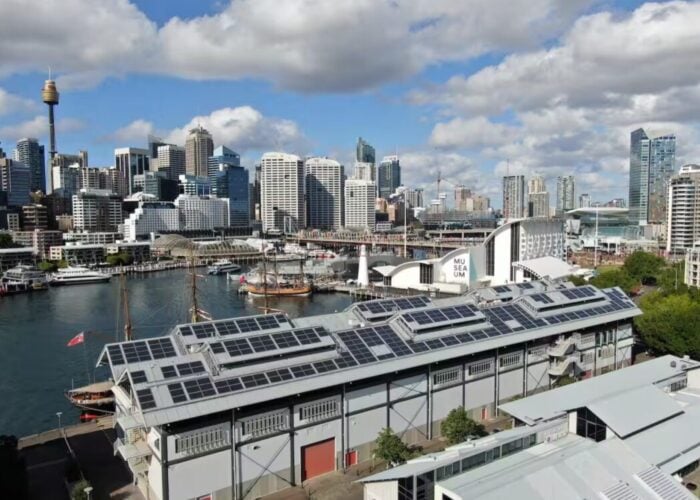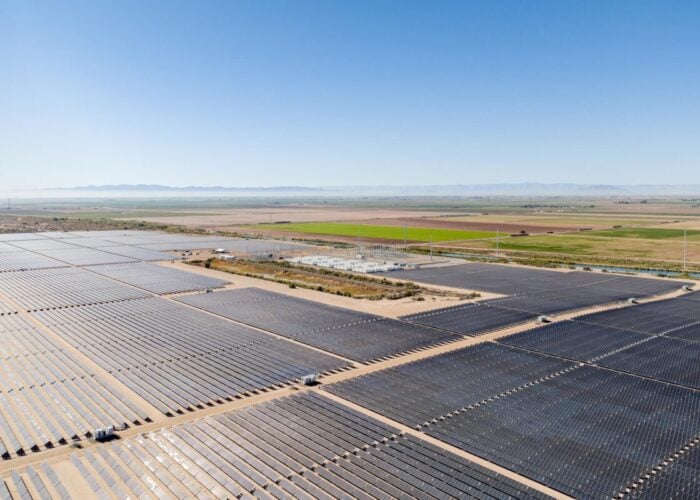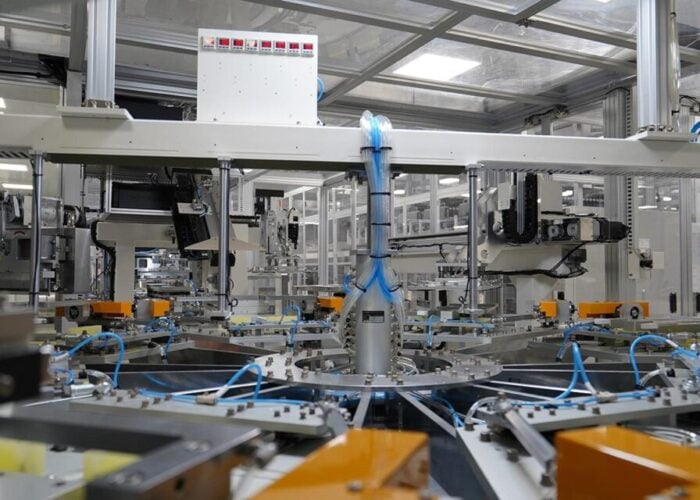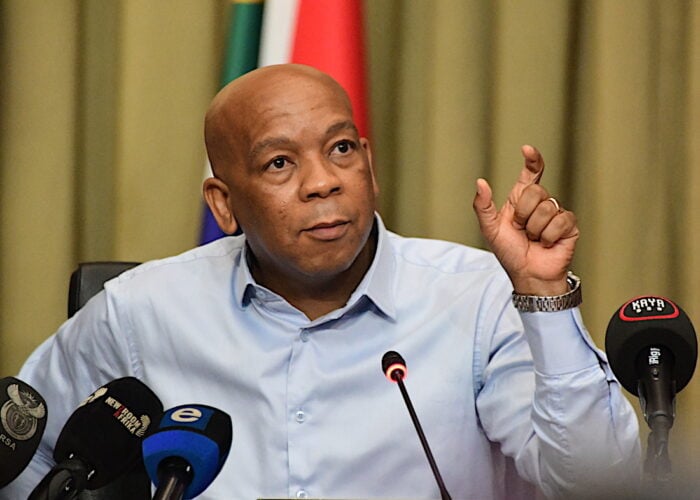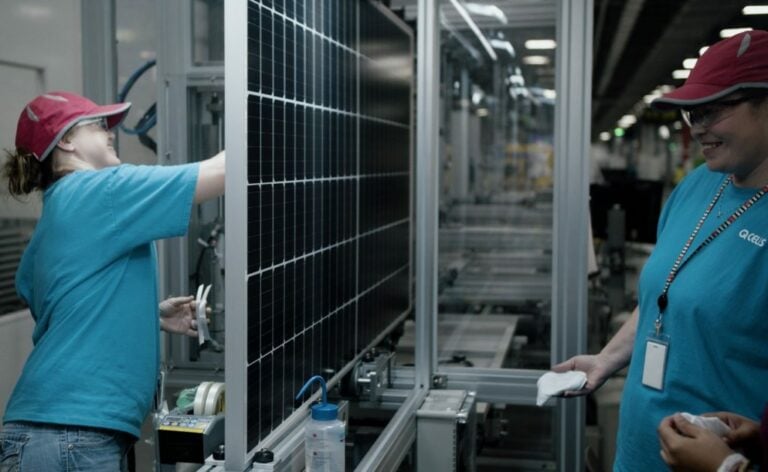
The US International Trade Commission (ITC) has recommended that President Joe Biden extend tariffs on imported crystalline silicon PV cells and modules for another four years.
In a report explaining its decision, the ITC said that although the domestic industry is making a “positive adjustment” to import competition, the safeguard measure “continues to be necessary to prevent or remedy serious injury”. The tariffs are currently due to expire in February.
Try Premium for just $1
- Full premium access for the first month at only $1
- Converts to an annual rate after 30 days unless cancelled
- Cancel anytime during the trial period
Premium Benefits
- Expert industry analysis and interviews
- Digital access to PV Tech Power journal
- Exclusive event discounts
Or get the full Premium subscription right away
Or continue reading this article for free
The commission recommends that Biden maintains the duty on imports of cell and modules – currently at 15% – but with the rate decreasing by just 0.25 percentage points as of 7 February 2022, and then continuing to drop by the same rate in each of the following three years. It also suggests maintaining a tariff exemption for the first 2.5GW of cells imported annually.
The ITC said in the report that given the industry’s “already poor financial condition”, as well as the impediments that the domestic sector has faced to its adjustment efforts, such as the bifacial exclusion and COVID-19, an extension of less than four years “would not appear to be sufficient for the industry’s efforts to adjust to import competition”.
Introduced under then-President Donald Trump in 2018, the tariffs initially saw modules and cells subject to a 30% import duty that was scheduled to decrease by five percentage points each year.
Trump issued a proclamation in October 2020 that increased the tariff rate from 15% to 18% in its fourth year (2021). However, a ruling from the US Court of International Trade last month saw them immediately reduced to 15%, while an exemption for bifacial panels was also reinstated.
The ITC launched its investigations following two separate petitions submitted earlier this year by five companies: Auxin Solar, Suniva, Hanwha Q CELLS USA, LG Electronics USA and Mission Solar Energy.
Q CELLS, LG and Mission Solar said at the time that expansion plans “are imperilled by increasing import volumes, unsustainable market prices and dramatically rising input costs”.
The Solar Energy Industries Association (SEIA) is calling on Biden to let the tariffs expire. “President Biden has set a bold vision for the US to lead the world on clean energy. Extending these tariffs will hold us back from realising that vision,” said Abigail Ross Hopper, CEO of the trade body.
SEIA is instead backing policy support for domestic solar manufacturers included in Biden’s Build Back Better plan, which is currently being negotiated on by Senate Democrats.
The ITC said in its report that US crystalline silicon PV module production increased 372% between 2018, rising from 470MW to 2.2GW. The country installed around 19.2GWdc of solar last year, according to SEIA.
The principal contributors to the increase in domestic module capacity, the ITC said, were the opening of new plants by Hanwha Q CELLS, LG and Jinko Solar, all of which started production in 2019.

